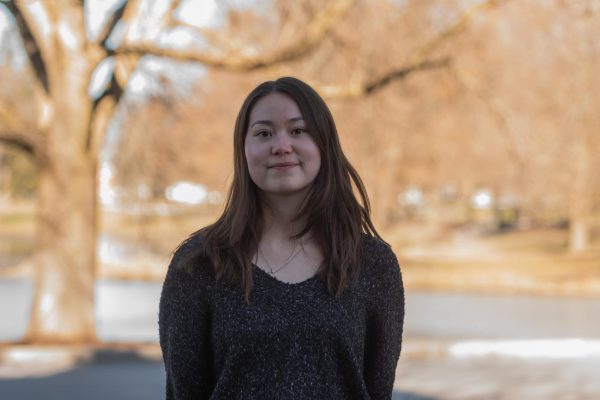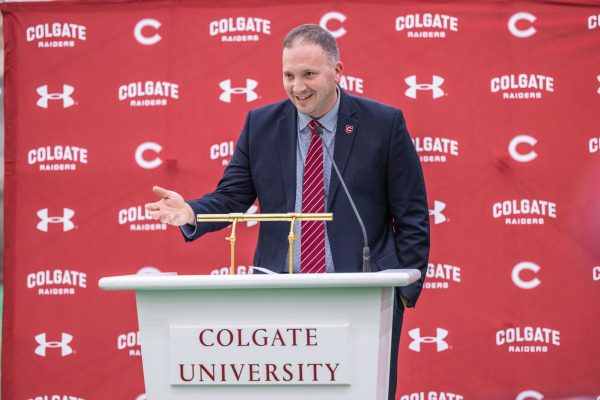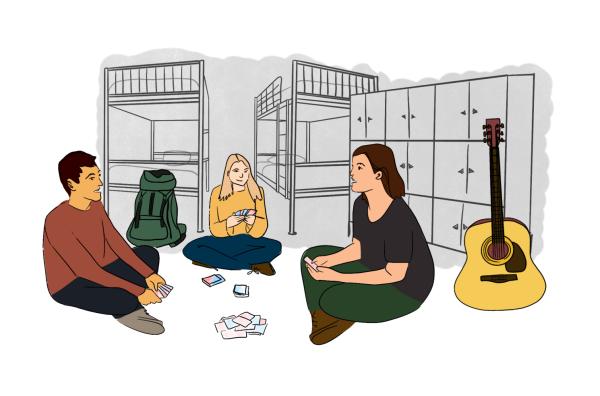Professor Kate Brown Gives Lecture on The Great Chernobyl Acceleration
The annual Pete C. Schaehrer Memorial Lecture, organized by the Peace and Conflict Studies (PCON) Department, took place over Zoom on Thursday, Sept. 30. This lecture series was founded in 2009 by Colgate alumni from the class of 1965 to honor the memory of Pete Schaehrer ‘65, who was an educator and a champion of political issues like affirmative action and veterans’ rights. In honor of his accomplishments, Kate Brown, Thomas M. Siebel Distinguished Professor in the History of Science at the Massachusetts Institute of Technology, gave a lecture titled “The Great Chernobyl Acceleration: Environment and Health in the Nuclear Age.”
Brown began with a discussion of the Chernobyl incident, the creation of the exclusion zone, and the resettlement of residents of Chernobyl. On April 26, 1986, the No. 4 reactor in the Chernobyl power plant exploded twice, and the people living within the exclusion zone had to be resettled. According to Brown, when she started her research in 2014, she was surprised at how little information is generally known about Chernobyl.
Brown began in Kyiv, searching for records of the accident.
“We had unearthed a whole document collection that said in plain Ukrainian ‘The Medical Consequences of the Chernobyl Catastrophe’ … [and] I realized I was going to be at this job for years,” Brown said.
Brown also found evidence of a second contamination zone that was created in rural Belarus to save Russian cities. Brown discovered that food from the area was not safe, contrary to what the Soviet government had claimed, but that instead “manuals for survival” were sent out to doctors, farmers, meat packers and others to help them navigate radioactive food production.
“Pretty much everything they had tested had radioactive material in it,” Brown said.
Brown noted consistent and extreme health issues amongst those who were exposed to radioactivity. This exposure led to an increase in infant mortality rates, cancer cases, chronic illnesses and many other biomedical concerns. Struck by the magnitude of her findings, Brown posed the question: “Was there really a public health disaster involving almost 400 thousand people that we know almost nothing about?”
After discovering that the KGB, the Soviet Union police force, falsified records about the incident and that U.N. consultants had ignored reports sent to them by local scientists, Brown tried to find a different way of gathering information. Given Chernobyl’s location within the Pripet Marshes, Brown ventured to an area of the marshes designated for a Soviet bombing range, where she found mutations in pine needles from trees that began growing before the disaster. This led Brown to believe that there was radioactivity in this area prior to the accident, and therefore she concluded that Chernobyl was “an acceleration” rather than an accident.
This revelation led Brown to seek out biologists who visited the Chernobyl zone twice a year. These biologists stated that they had found a cascade of extinction in the area, which suggested to Brown that the repercussions from Chernobyl were ongoing. Brown noted that, after the collapse of the Soviet Union, the International Atomic Energy Agency of the U.N. took over and decided that the resettlement of exposed residences wasn’t “necessary.”
First-year LJ Coady attended the lecture to learn more about Chernobyl.
“It made me question what I thought I knew about Chernobyl and environmental events that haven’t been as widely publicized today,” Coady said.
Associate Professor of Peace and Conflict Studies and Middle Eastern and Islamic Studies and Director of the Peace and Conflict Studies Program Jacob Mundy said the department’s faculty connected with the issues Brown’s work centers around discussed in the lecture.
“Professor Brown’s talk obviously reinforced, for me, the collective and unspoken insanity of nuclear power and nuclear weapons, though her ability to make the invisible visible is really unparalleled,” Mundy said.
According to Mundy, Brown’s work was especially interesting to the PCON department because of the timeliness of the issues.
Today, nuclear testing has become much more prolific and the probability that we will interact with radioactive material has increased.
“More and more people live in environments saturated with toxins,” Brown said.
Throughout her research, Brown found that Chernobyl was not one accident, but a result of the world’s growing use of radioactive material.

Samantha Wotring is a junior from Houston, TX concentrating in English and history. She has previously served as an Assistant News Editor and staff writer...










